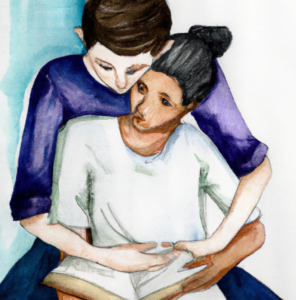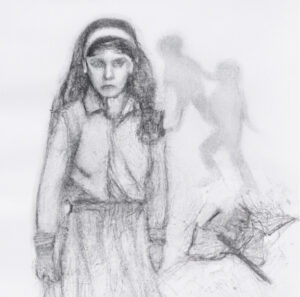This post is dedicated to:
Ofra. Arbel. Inbar. Maya. Noa. Carmel. Shiri. Judith. Eden. Shani. Doron. Amit. Emily. Daniella. Na’ama. Karina. Agam. Liri. Romi.
Fourteen of the 19 women named above are still presumed to be alive, while five of them were killed in captivity — their bodies rotting in Gaza.
On this International Women’s Day, don’t be afraid to say their names and pray that they come home soon like you would if they were your daughters, granddaughters, or sisters.
Until October 7, 2023, I never felt unsafe being Jewish. I now know better.
My in-laws, may they rest in peace, were Holocaust survivors and heroes to countless people whom they saved.
As a result of her trauma, my mother-in-law was obsessed with Israel, Zionism, and watching out for the enemy, which was anyone who wasn’t Jewish.
And she told me horror stories of what happened to the prettiest Jewish women and girls at the hands of the Nazis.
Her Holocaust accounts of rape, humiliation, assault, and murder of women and young girls were beyond my comprehension — until October 7, when all her fears were realized — by me.
My mother-in-law was convinced that the Holocaust could happen again and warned me to watch out for it. “It starts small,” she prophesized. I thought her paranoia came from her unfathomable Holocaust nightmare.
Now I get it.
What shocked me the most about the brutality of October 7 was the silence from so many people. People that I respected and looked up to. People I considered my friends.
But not anymore.
Women and girls were brutally raped and tortured on October 7.
Just say it.
And please don’t insult my intelligence with a “but.”
There is no but.
Speak the truth.
What the hell are you afraid of? Or maybe it’s not fear — but distaste for Jews — the others, unlike you.
If Hamas ever came into our country and raped and mutilated our women and girls, our government would annihilate them — collateral damage be damned.
And you would agree. We would all agree.
You can be against Israel. But it doesn’t give you the right to frighten and torment American Jews on American soil. How can you possibly condone Hamas terrorists sexually torturing and raping women and girls to death?
And to all those MeToo spokeswomen whom I admired and who helped me through my own nightmarish experience, your silence is heartbreakingly deafening.
In failing to condemn the raping to death of young women and girls, you MeToo bigots have shown your true colors and brought shame to yourselves and the movement.



